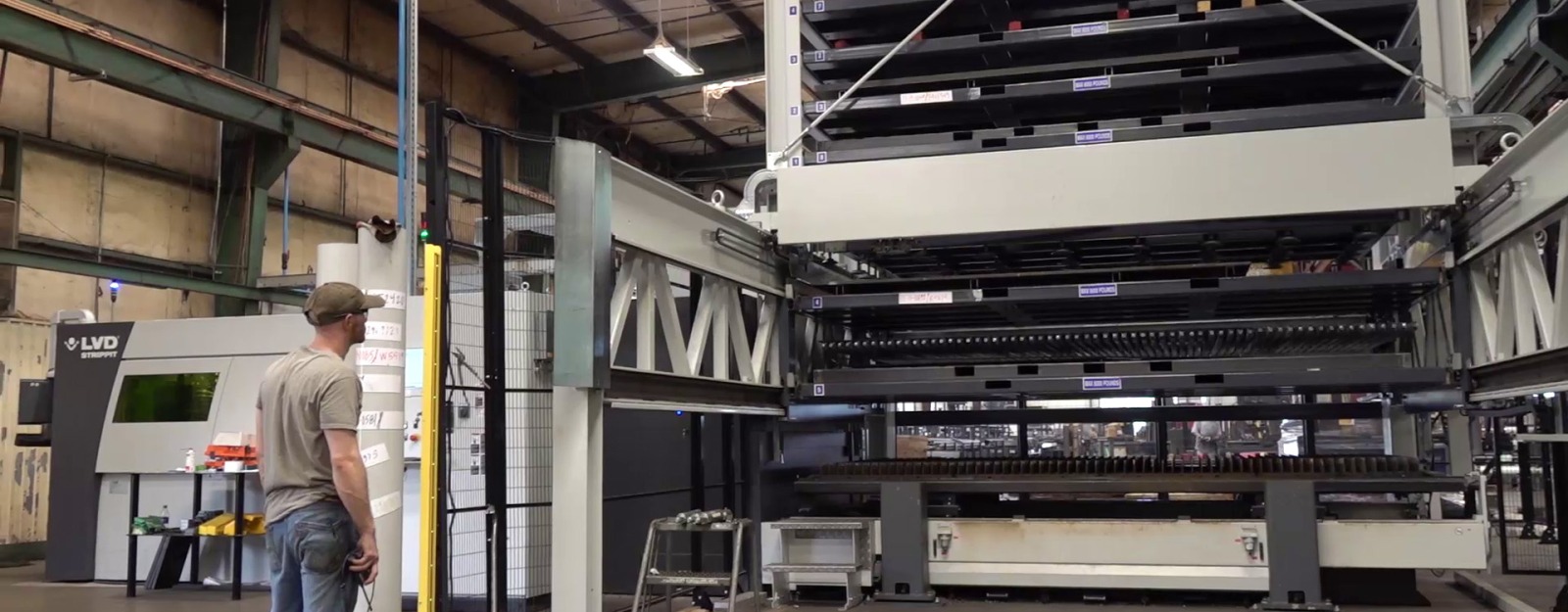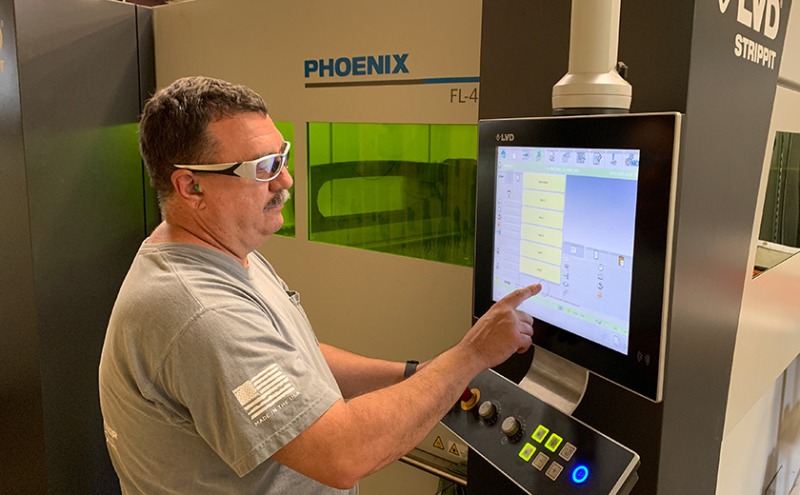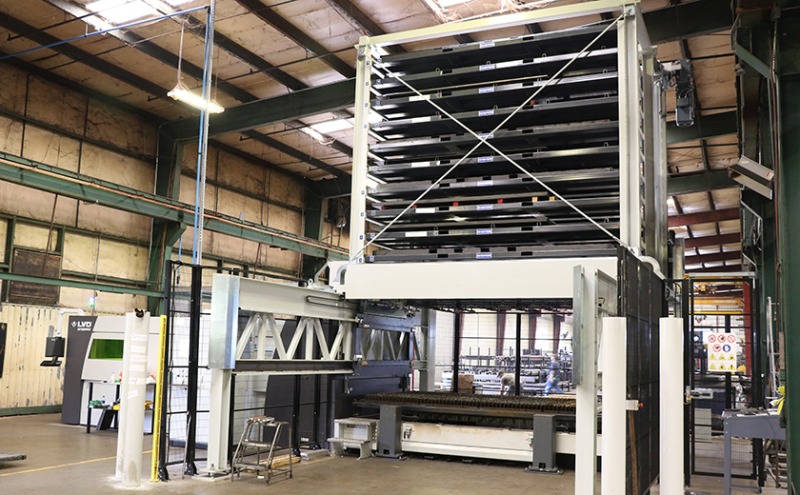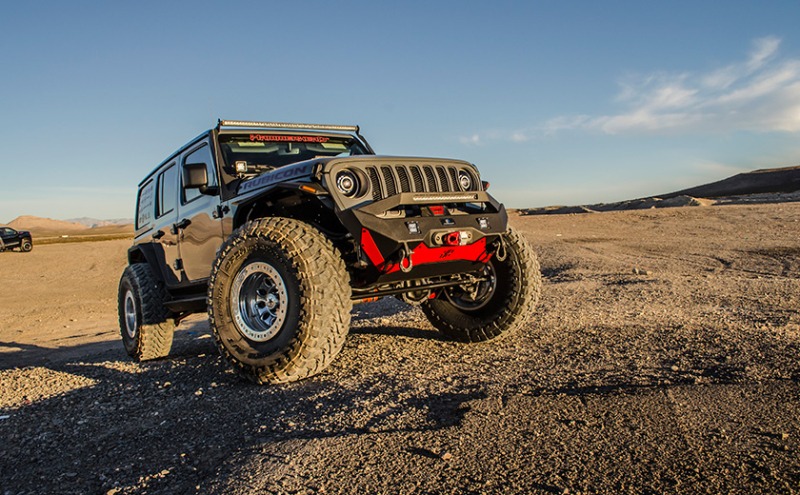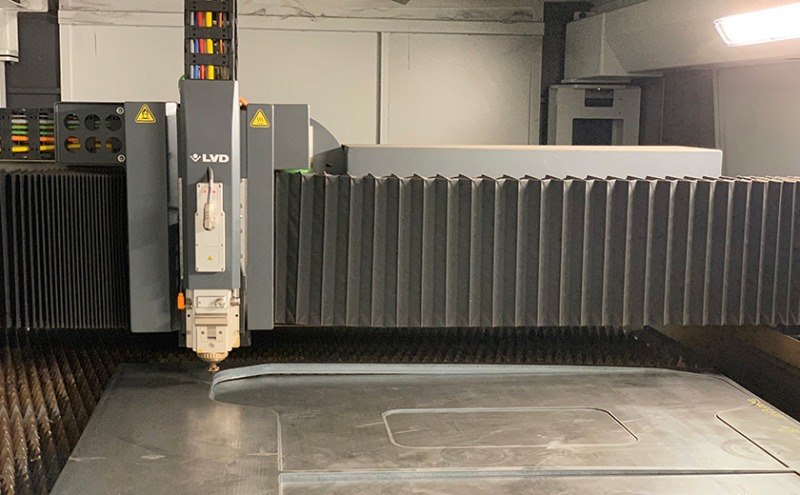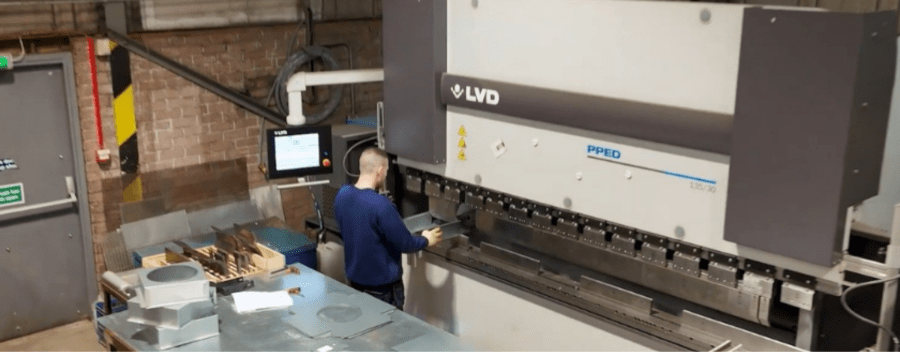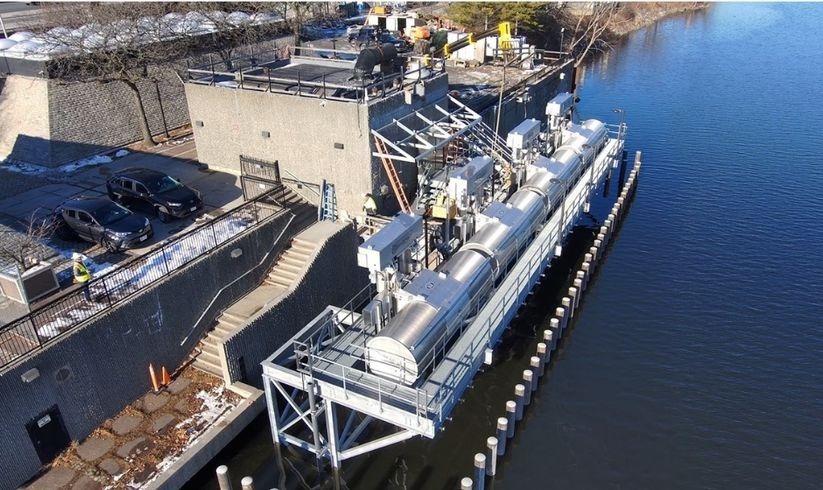I'm Jamie Holder. I'm the president of Hol-Mac Corporation. My father started our company in 1963. I'm second generation and we have three third generation working in the company now. Any business, any family business, is a challenge and we've been very blessed over the years to always find something to do and we've done nearly everything in our history.
In the late nineties we started looking at a long-term strategy and as part of that strategy, we determined that we wanted to have some of our own products to control our own destiny, to be diversified, so that we can grow the opportunities for our employees, grow our business, have better jobs and more different types of jobs for our employees.
And so we started developing the Pac-Mac product line where we build garbage trucks and knuckle boom loaders. Then we followed that up in 2008 when we started designing Hammerhead truck accessory products. Those two product lines continue to grow and are starting to do well and they’re a core part of our business now.
As we began to expand the Hammerhead products and the Pac-Man products, we ran into capacity and capability issues. The first challenge with the Hammerhead was that we didn't have an in-house laser so we were outsourcing laser parts. In our market, customers expect immediate delivery, from one-day delivery to two weeks max, and we decided we couldn’t do that without investing in our own laser and doing that work in-house. As we continue to grow, we added the ten-shelf storage and load and unload process, a tower. We load it up. Depending on our needs it can run five hours in the evening or all night, and it allows us to grow with quality parts that fit up well in our fabrication area without having to add additional labour costs. The fit-up and the finish of our bumpers is very important to our customers. That's what we sell, this craftsmanship, and the fit-up of those laser cut pieces with all the multiple forms is very, very critical. The Sirius CO2 laser is what we started with. It continued to do well as we continued to grow. As our capabilities needed to expand for larger parts to match the Pac-Mac products, we had to go with the Phoenix laser. It'll cut a six-by-twelve sheet and we stuck with a tower system, which is very rare on that size sheet.
But it's been very good for us because now we have the two lasers. Both can run lights out if we need them to but we also have the capability of doing larger parts for our Pac-Mac products without having to outsource those. We cut anywhere from ten gauge up to the 1” plate on the Phoenix machine. It's a 6,000-watt machine, and we have cut some A572 from T1 steel. We do cut some stainless steel and some aluminium on our machines as well. The flexibility of the different types of steel makes the tower extremely good for our operation because you can put up to five different types of steel, thicknesses or grades in there.
Just program the machine and when it pulls that steel into the machine, it knows what to do, it knows what to cut because it knows it's the thickness and grade you put in the machine. We do a lot of different parts and designs of bumpers and also Pac-Mac products and that flexibility is tremendous for us.
After having it installed, seeing how it's built, the quality of the tower and how it's integrated in the laser, it was definitely the right decision for us and it's worked out great.













